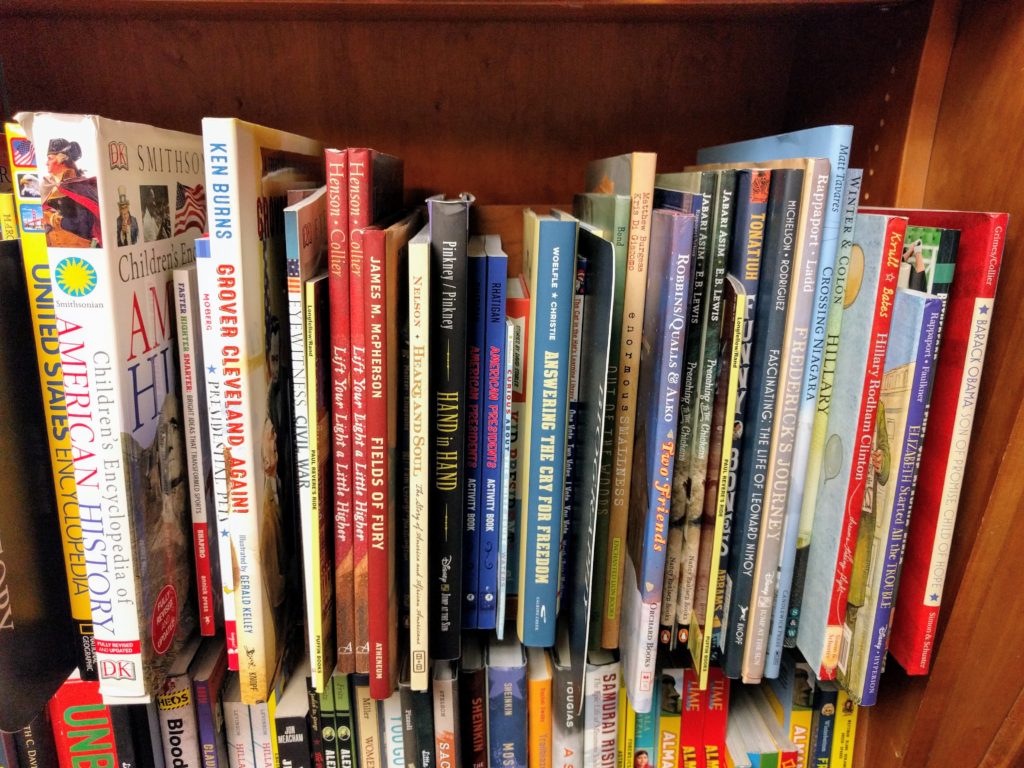I just finished my first week at Red Hat! I flew out to Raleigh last Sunday night and attended New Hire Orientation (NHO, in Red Hat speak) Monday and Tuesday. There were 18 of us in the class from across Red Hat functions and business units. Most of us were a bit apprehensive of what 2 days of orientation would look like and all of us were anxious for our new laptops and email addresses which didn’t come until the end of the second day. We were all impressed – we got a good overview of Red Hat functions and Red Hat culture. Red Hatters are proud of their open, participatory culture.

Just about every speaker, from legal to HR to strategy, talked about the open source way and how things are always circulated and discussed at Red Hat before they are decided. They even promised we’d get to see one of those discussions that very day on memo-list, the company wide mailing list. While everyone admitted that having very participatory, open processes was sometime painful, everyone spoke highly of the value of being transparent and open to feedback.
We had several speakers on open source specifically, including Michael Tiemann who spoke to us about how he first got involved in open source by starting Cygnus and how people and companies make decisions. To me, he was a very fitting first day Red Hat speaker, as he is one of the people I primarily associate with Red Hat – certainly he was the first that I used to see walking around with the red fedora at conferences!
At the end of the first day we had a social to meet our teams within Red Hat. I was super excited to see Scott Peterson and to learn he was working at Red Hat! Scott and I worked together at HP and he is the reason that I think open source legal issues are fascinating. He thought they were fascinating and was willing to spend lots of time explaining them to me. Although we’ve known each other for 15 years and worked together for a good number of those, this was only our 3rd time meeting in person.
At the end of the second day, we got our laptops. Luckily for me, using a Linux desktop wasn’t new. Unluckily for the IT team, I am keyboard or password challenged, so they had to wait around for 30 minutes to reset my password which I couldn’t reproduce. I am now signed up for a gazillion and one mailing lists and irc channels and learning how Red Hat does strategy, goals and finances.
I was very glad to get to meet with Joe Brockmeier in person as its his previous position that I’m taking over. I spilled my glass of water all over him at lunch, so I figure that should bring some kind of luck if it doesn’t alienate him forever. At least it wasn’t wine!
After I got home I continued the meetings. I’ve learned about the infrastructure tools that the Red Hat OSAS team is working on providing some of the open source upstream projects, as well as meetings with Red Hat community managers and others working with upstream projects. The Open Source and Standards (OSAS) team that I have joined, led by Deborah Bryant, directly supports CentOS, Ceph, Fedora, Gluster, oVirt, Project Atomic and RDO. They also work with Red Hat teams working with other upstream projects as well like OpenShift, OpenDaylight, PatternFly, Foreman and ManageIQ.









